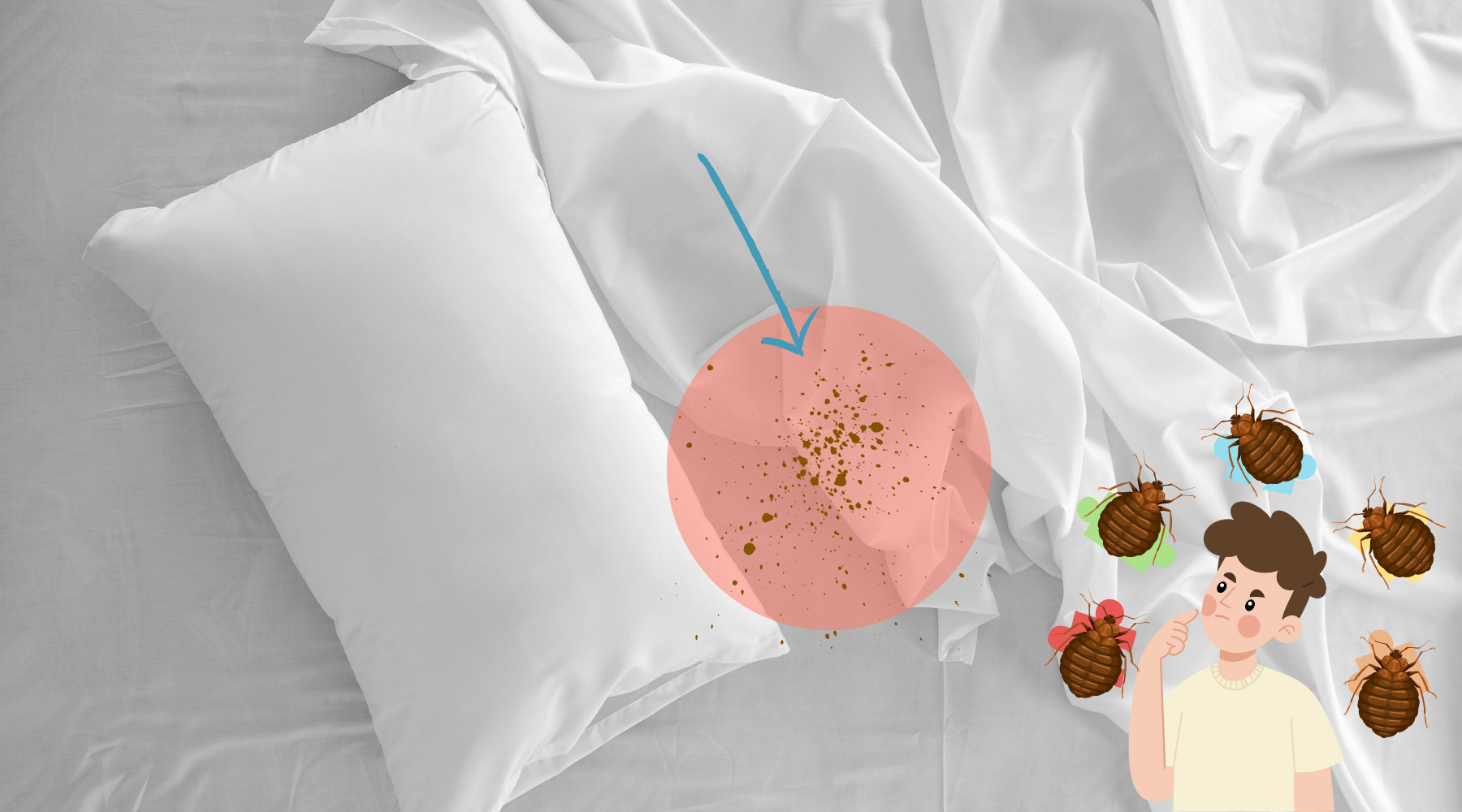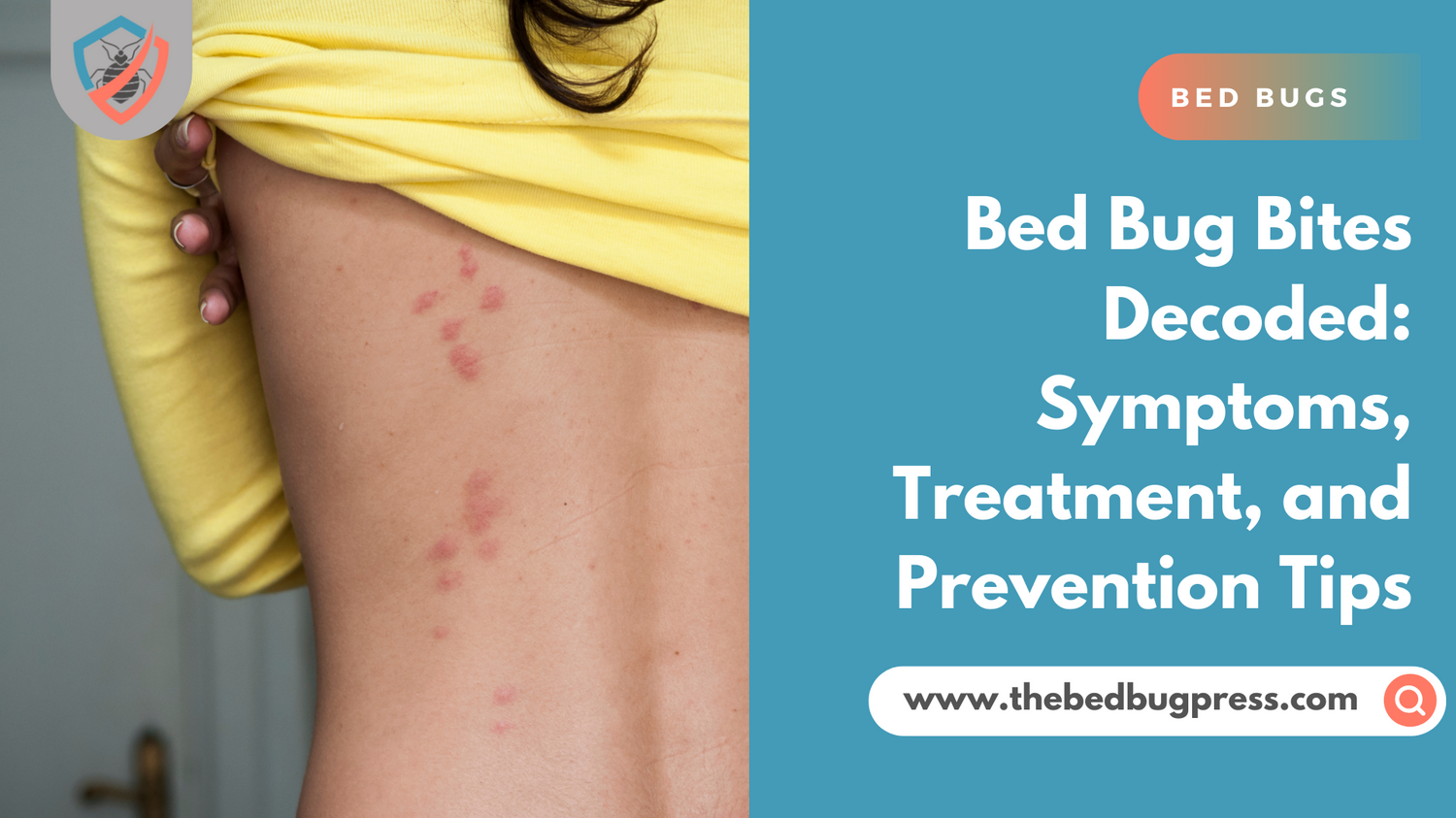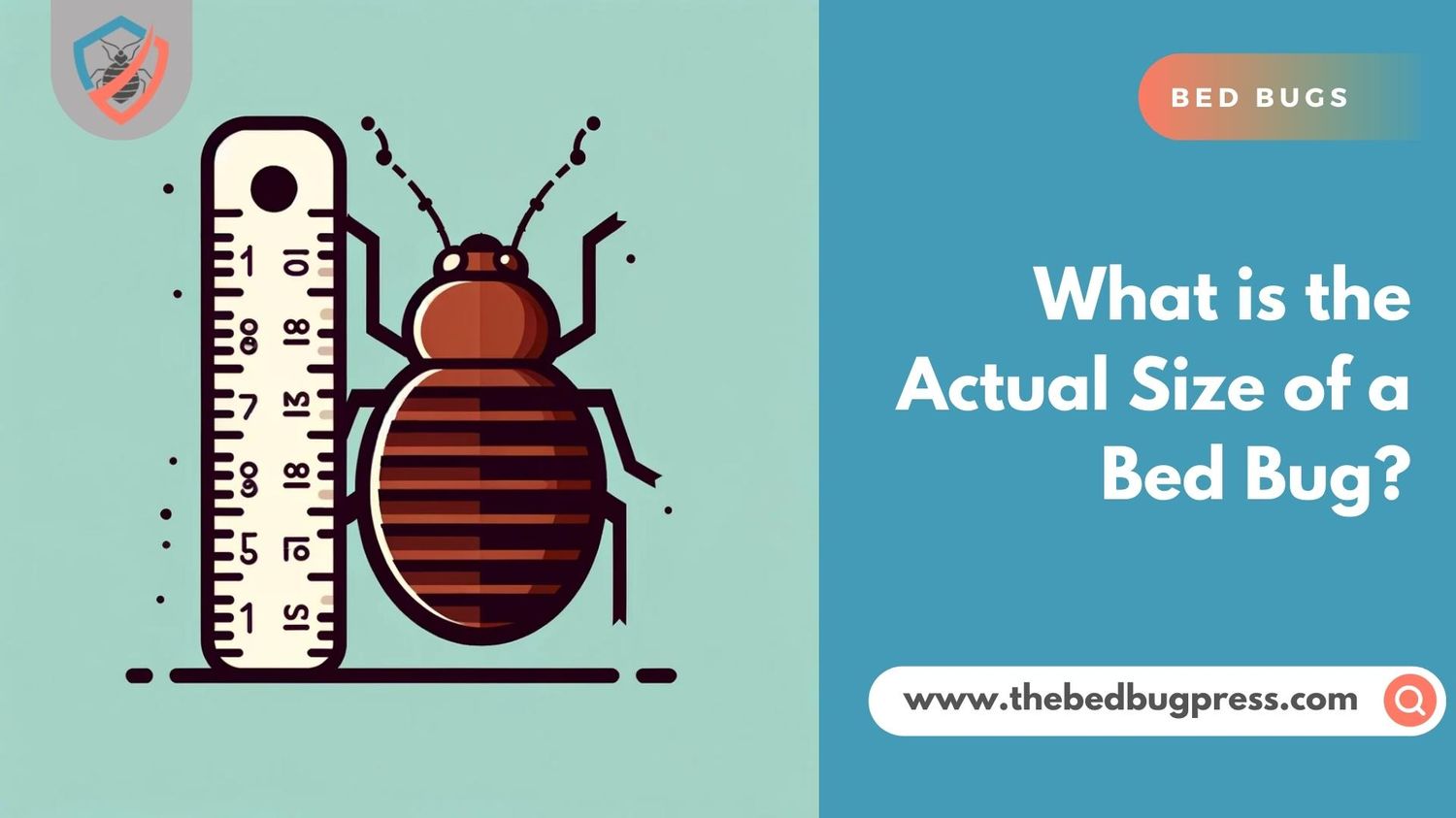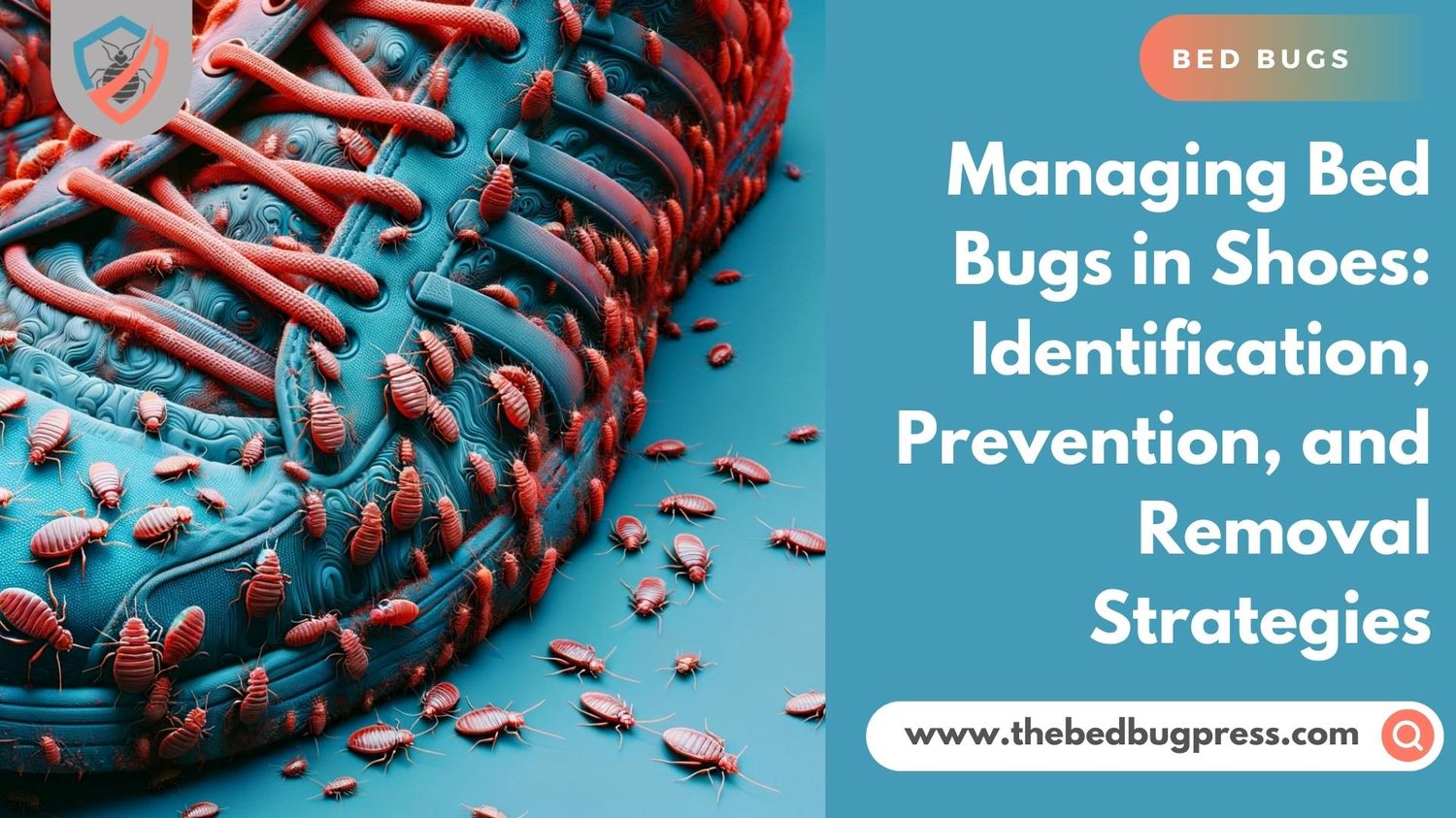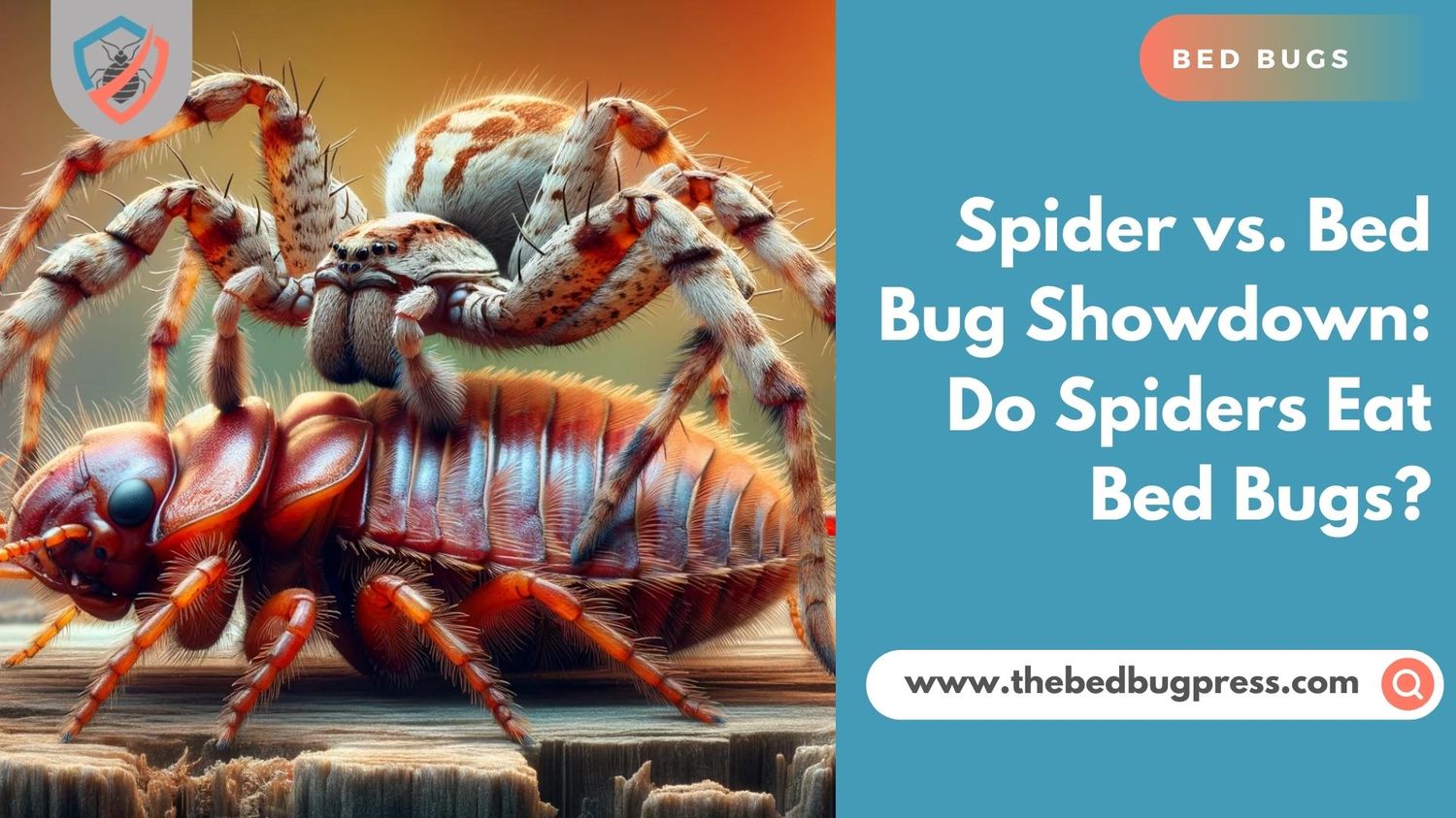Discovering bed bug spots on your bed sheets can be an alarming and unsettling experience. These tiny, reddish-brown insects find harborage in sleeping spaces, causing discomfort and sleepless nights. In this guide, we will delve into the meaning behind these bed bug spots and explore effective methods to eliminate bed bugs from your home.
Understanding what these spots mean is crucial for early detection and prompt action. The reddish-brown stains left behind by bed bugs are often a result of their blood-filled fecal matter. These spots may appear as small dots or streaks on your bed sheets, pillowcases, or even on nearby walls and furniture. Additionally, you may also notice shed exoskeletons or a sweet, musty odor emanating from the infested area.
Below, you’ll get to know more about how bed bug stains indicate that there is a bed bug infestation going on in your house. You’ll also learn how bed bugs leave them, how the stains look like if bed bugs leave them, and how to get rid of the stains.
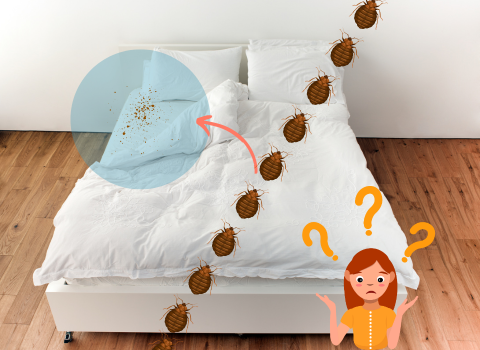
How Small Stains on Sheets Help in Detecting Bed Bugs in The Early Stages
Discovering bed bug spots on your sheets can be an alarming and unsettling experience. Bed bugs infest sleeping spaces, causing discomfort and sleepless nights.
Get to know the meaning behind these bed bug spots and how it helps detect that a bed bug infestation is starting in your home.
Identifying bed bug spots:
The reddish-brown stains left behind by bed bugs are often a result of their blood-filled fecal matter. These spots may appear as small dots or streaks on your bed sheets, pillowcases, or even on nearby walls and furniture. Additionally, you may also notice shed exoskeletons or a sweet, musty odor emanating from the infested area.
Significance of bed bug spots:
The presence of bed bug spots on your sheets is usually indicative of a bed bug infestation in your bedroom or living space. Early detection is crucial for prompt action to prevent further spread and minimize health risks associated with their bites.
By understanding the meaning behind bed bug spots, you can immediately act upon detection and ensure a bed bug-free environment and enjoy peaceful nights of sleep.
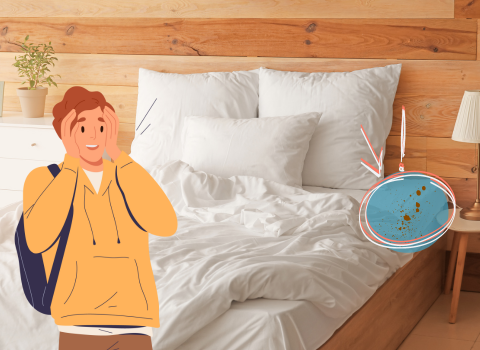
What Are the Visual Indicators of Bed Bug Stains on Sheets?
Bed bug blood stains on sheets can be visually identified through several indicators. These indicators include:
Reddish-brown spots:
Bed bug blood stains typically appear as small, reddish-brown spots on your sheets. These stains are often a result of bed bugs being crushed or engorged with blood while feeding. Depending on how long the stain has been on the bed sheet, the color may still vary.
Streaks or Clusters:
The stains may be found in clusters or streaks on your sheets, pillowcases, or other bedding. They are commonly found near areas where bed bugs tend to congregate, such as the corners and seams of the mattress.
Smears:
If you accidentally roll over a bed bug and it gets crushed, you may notice smear-like marks on your sheets. These smears are a combination of bed bug excrement and crushed insect parts.
Fecal spots:
Bed bug droppings, also known as fecal spots, can leave dark stains on your sheets. These spots may resemble ink stains or small dots and are typically found in areas where bed bugs have been active.
Shed exoskeletons:
As bed bugs grow and molt, they shed their exoskeletons. These discarded exoskeletons may be visible on your sheets and can resemble translucent, empty shells.
It’s important to note that while these visual indicators are commonly associated with bed bug stains, it’s best to confirm the presence of bed bugs through a thorough inspection. Other signs to look out for include live bed bugs, bed bug eggs, or bite marks on your body.
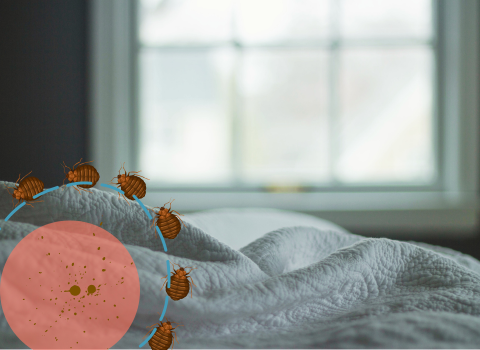
Are There Any Dark Marks Left Behind by Bed Bugs on Sheets?
Yes, dark marks can be left behind by bed bugs on sheets. These dark marks are often a result of bed bug fecal matter and can be a key indicator of their presence. Bed bug feces contain digested blood and can leave behind dark stains on fabrics, including sheets.
The dark marks left by bed bugs may appear as small dots or streaks on your sheets. The color can range from dark brown to black, depending on the age and composition of the fecal matter. These marks are typically concentrated in areas where bed bugs have been active, such as along the seams, corners, or edges of the mattress, where the bugs tend to hide and feed.
It’s important to note that bed bug fecal stains may bleed or spread when they come into contact with fabric or moisture, which can make them appear larger or more diffuse. These stains may resemble ink stains or smears on your sheets.
If you discover dark marks on your sheets that you suspect may be bed bug fecal stains, it’s advisable to thoroughly inspect your bedding, mattress, and surrounding areas for other signs of bed bugs. Confirming the presence of bed bugs through a combination of visual indicators, such as live bugs, shed exoskeletons, and bed bug eggs, can help you take appropriate measures to address the infestation effectively.
What Hue Do Bed Bug Stains Exhibit on Sheets?
Bed bug stains on sheets typically exhibit a reddish-brown hue. The color may also be different especially when it has been on the fabric for a long time or the type of fabric.
When bed bugs feed on blood, they digest it and excrete fecal matter, which contains partially digested blood. This fecal matter is responsible for the reddish-brown stains left on sheets. The color is a result of the iron content in the blood, which oxidizes and darkens over time.
Fresh bed bug stains may appear more reddish, while older stains can darken and become browner in color. The fabric type can impact the color intensity of a stain.
It’s important to note that while reddish-brown is the typical color associated with bed bug stains, the appearance can vary depending on the specific circumstances. Color may also depend on the amount of blood that bed bugs feed on and how saturated the blood or fecal stains are to the fabric.
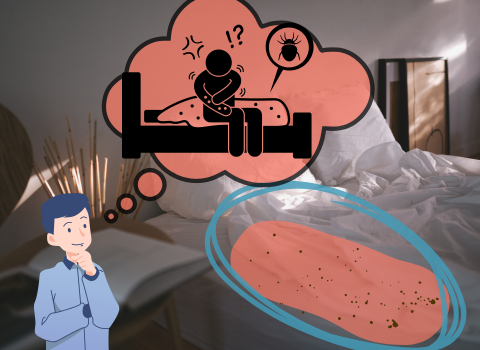
How To Know If Stain on Sheets from Bed Bug
To determine if a stain on your sheets is from a bed bug, there are a few key indicators to consider:
Location:
Bed bug stains are often found in areas where bed bugs are likely to hide or feed. Check for stains along the seams, corners, or edges of your sheets, as these are common areas where bed bugs leave behind their fecal matter.
Reddish-brown color:
Bed bug stains typically have a reddish-brown hue. The color comes from partially digested blood in their feces. If the stain on your sheets matches this description, it may be an indication of bed bug activity.
Smear-like appearance:
If you accidentally crush a bed bug while rolling over or moving in your sleep, you may notice smear-like marks on your sheets. These smears can be a combination of bed bug excrement and crushed insect parts.
Streaks of stains:
Bed bug stains on sheets often appear as clusters or streaks rather than isolated spots. This is because bed bugs may defecate multiple times in one location or leave behind streaks as they move across the fabric.
If you observe these characteristics in the stain on your sheets, there is a higher likelihood that it is from bed bug activity. However, it’s important to note that additional evidence, such as the presence of live bed bugs, exoskeletons, or bite marks on your body, would help confirm the presence of bed bugs.
Could These Stains Result from Bed Bug Bites?
No, the stains on your sheets are not typically a direct result of bed bug bites. Bed bug bites themselves do not typically leave behind stains on sheets. Bed bug bites usually appear as small, red, itchy welts on the skin, like mosquito bites. The bites can be clustered or in a line pattern, often in areas of exposed skin while sleeping.
The stains on sheets that are commonly associated with bed bugs are actually a result of their fecal matter. Bed bugs feed on blood and digest it, leaving behind reddish-brown fecal stains on bedding and other surfaces. These stains are usually small dots, streaks, or clusters, and they are often found in areas where bed bugs have been active, such as along the seams or corners of the mattress.
While bed bug bites themselves may not directly cause stains on sheets, it is possible for blood to be present on the sheets if the bites are scratched or if the bed bug is crushed while feeding. However, the presence of blood on sheets alone does not confirm a bed bug infestation, as there can be other explanations for blood stains.
To determine if the stains on your sheets are from bed bugs, it is important to look for additional early warning signs of bed bugs’ activities, such as live bugs, shed exoskeletons, or the characteristic musty odor they emit.
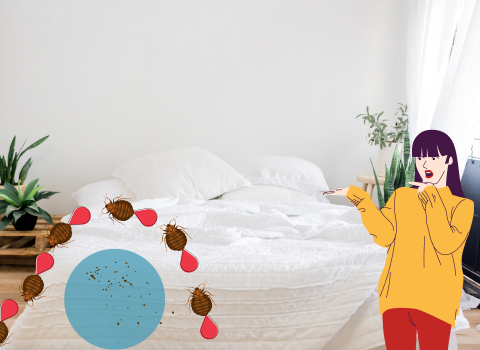
Effective Techniques for Eliminating Bed Bug Stains from Mattresses
Eliminating bed bug stains from mattresses requires careful and thorough cleaning techniques. Here are some effective techniques to help remove bed bug stains from mattresses:
Vacuuming:
Start by vacuuming the mattress using a vacuum cleaner with a high-efficiency particulate air (HEPA) filter. Use the crevice tool to reach into the seams, corners, and tufts of the mattress where bed bugs and their stains may be present. This will help remove any loose debris, including bed bug fecal matter.
Spot Cleaning:
For fresh stains, you can try spot cleaning using a mild detergent or enzyme-based cleaner. Mix a small amount of the detergent with warm water and gently dab the stained areas with a clean cloth or sponge. Avoid saturating the mattress, as excess moisture can lead to mold or mildew growth.
Upholstery Cleaner:
If spot cleaning doesn’t completely remove the stains, you may consider using an upholstery cleaner specifically formulated for mattresses. Adhere to the instructions provided by the manufacturer, and perform a patch test on an inconspicuous part of the mattress using the cleaner to verify that it doesn’t cause any harm or color change.
Steam Cleaning:
Steam cleaning can effectively kill bed bugs and remove their stains. Use a steam cleaner with a high-temperature setting to treat the entire mattress surface, focusing on areas with visible stains. This procedure helps in breaking down and removing the stains. Ensure that the mattress is adequately dried after steam cleaning to prevent moisture buildup.
Storing In Plastic Bags or Containers:
If you need to store a mattress that has been cleaned or is not currently in use, consider using a plastic bag or container specifically designed for bed bug protection. These bags or containers should be made of durable, tear-resistant material and have a tight seal to prevent bed bugs from accessing the mattress.
Mattress Encasements:
Consider using a mattress encasement specifically designed to protect against bed bugs. These encasements are made of a tightly woven fabric that prevents bed bugs from entering or escaping the mattress. By encasing the mattress, you can effectively isolate any remaining bed bugs and stains, making future cleaning easier.
Professional Cleaning Services:
If the bed bug stains persist or the infestation is severe, it may be necessary to seek professional mattress cleaning services. Professional cleaners have specialized equipment and expertise to effectively remove stubborn stains on mattresses caused by bed bugs and eliminate bed bugs from mattresses.
Remember, when cleaning a mattress, always prioritize your safety by following proper handling and disposal procedures for any cleaning products used. It’s also essential to address the underlying bed bug infestation to prevent the reoccurrence of stains. Treating the mattress alone may not be sufficient, so it’s crucial to implement a comprehensive approach that includes treating the surrounding areas and taking preventive measures.

